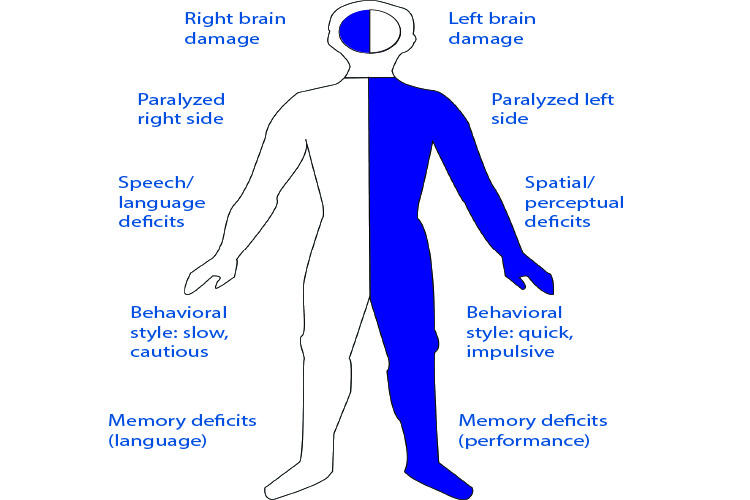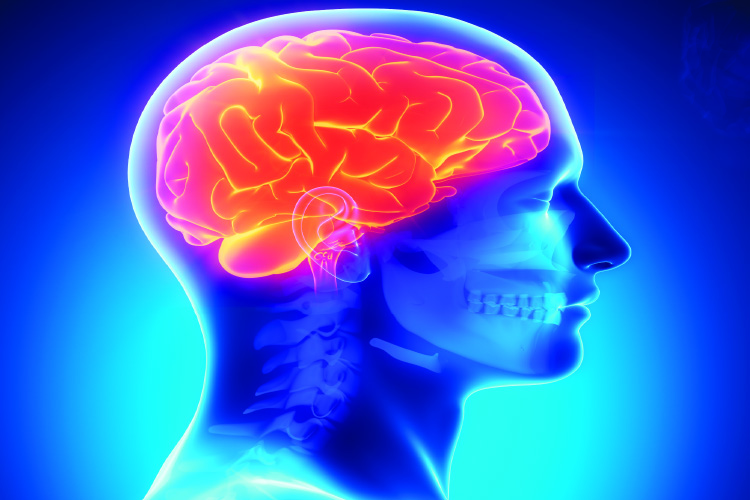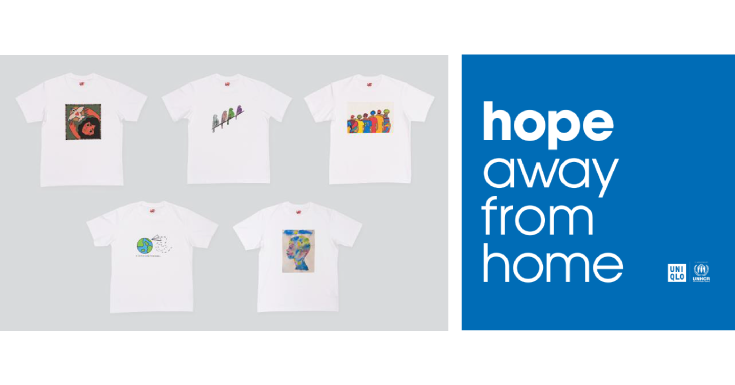How You Can Prevent A Stroke
Stroke is an emergency and a brain attack, cutting off vital blood flow and oxygen to the brain. Stroke occurs when a blood clot blocks an artery or a blood vessel breaks, interrupting blood flow to an area of the brain. Brain cells begin to die.
Stroke is the third leading cause of death in Malaysia. Only heart diseases and cancer kill more. It is estimated that there are about 52,000 strokes per annum (i.e. six people experience a stroke every hour).
Stroke can happen to anyone at any time, regardless of race, sex or age.
Table of Contents
Types of stroke
- Ischemic stroke occurs when arteries are blocked by blood clots or by the gradual build-up of plaque and other fatty deposits. About 87 percent of all strokes are ischemic.
- Hemorrhagic stroke occurs when a blood vessel in the brain breaks leaking blood into the brain. Hemorrhagic strokes account for 13 percent of all strokes, yet are responsible for more than thirty percent of all stroke deaths.
- Two million brain cells die every minute during stroke, increasing risk of permanent brain damage, disability or death. Recognizing symptoms and acting FAST to get medical attention can save a life and limit disabilities.
- The prevalence of transient ischemic attacks (TIA – “mini strokes”) increases with age. Up to 40 percent of all people who suffer a TIA will go on to experience a stroke.
- Women are twice as likely to die from stroke than breast cancer annually.

Who is at risk of stroke?
A number of different factors increase the risk of stroke, including:
1. Untreated high blood pressure (hypertension). This damages the walls of the arteries.
2. Diet. A diet high in salt is linked to high blood pressure, while a diet high in fatty, sugary foods is linked to furring and narrowing of the arteries.
3. Diabetes. People with diabetes are more likely to have high blood pressure and atherosclerosis, and so are at much higher of stroke.
4. A previous TIA. Around one in five people who have a first full stroke have had one or more previous TIAs.
5. Atrial fibrillation. This type of irregular heartbeat increases the risk of blood clots forming in the heart, which may then dislodge and travel to the brain.
6. Smoking. This has a number of adverse effects on the arteries and is linked to higher blood pressure.
7. Regular heavy drinking. Over time this raises blood pressures, while an alcohol binge can raise blood pressure to dangerously high levels and may trigger a burst blood vessel in the brain.
Risk factors that cannot be controlled
Age
Strokes are more common in people over 55, and the incidence continues to rise with age. This may be because atherosclerosis takes a long time to develop and arteries become less elastic with age, increasing the risk of high blood pressure.
Gender
Men are at a higher risk of stroke than women, especially under the age of 65.
Family history
Having a close relative with a stroke increases the risk, possibly because factors such as high blood pressure and diabetes tend to run in families.
Women’s stroke risk
One way you can improve your odds for not having a stroke is to learn about the lifestyle changes and medicines that can lower your stroke risk. Although some risk factors are the same for men and women, other risks are unique to women:
- Taking certain types of oral contraceptive pill. These can make the blood stickier and more likely to clot. They may also raise blood pressure.
- Being pregnant; stroke risk increases during a normal pregnancy due to natural changes in the body such as increased blood pressure and stress on the heart
- Using Hormone Replacement Therapy (HRT), a combined hormone therapy of progestin and estrogen, to relieve menopausal symptoms
- Having a thick waist and high triglyceride (blood fat) level; post-menopausal women with a waist size larger than 35.2 inches and a triglyceride level higher than 128 milligrams per liter may have a five-fold increased risk for stroke
- Being a migraine headache sufferer; migraines can increase a woman’s stroke risk 3-6 times, and most who suffer migraines are women
To understand and control your particular stroke risk, talk to your doctor.
What are the effects of stroke?
The effects of a stroke vary from person to person, depending on which part of the brain is damaged and the extent of that damage. For some, the effects are relatively minor and short-lived; others are left with more severe, long term disabilities. Common problems include:

Stroke Myths
Myth: Stroke is unpreventable
Truth: Stroke is largely preventable
Myth: Stroke cannot be treated
Truth: Stroke requires emergency treatment
Myth: Stroke only strikes the elderly
Truth: Stroke can happen to anyone
Myth: Stroke recovery only happens for a few months following a stroke
Truth: Stroke recovery continues throughout life
Stroke Prevention Guidelines
Start reducing risk now. Although stroke can happen to anyone, certain risk factors can increase chances of a stroke. However, many strokes can be prevented. It is important to manage personal risk and know how to recognize and respond to stroke signs and symptoms.
Blood pressure (hypertension)
High blood pressure is a major stroke risk factor if left untreated. Have blood pressure checked yearly by a doctor or at health fairs, a local pharmacy or supermarket or with an automatic blood pressure machine.
Identify atrial fibrillation (Afib)
Afib is an abnormal heartbeat that can increase stroke risk by 500 percent. Afib can cause blood to pool in the heart and may form a clot and cause a stroke. A doctor must diagnose and treat Afib.
Stop smoking
Smoking doubles the risk of stroke. It damages blood vessel walls, speeds up artery clogging, raises blood pressure and makes the heart work harder. Stopping smoking today will immediately begin to decrease risk.
Control alcohol use
Alcohol use has been linked to stroke in many studies. Most doctors recommend not drinking or drinking only in moderation – no more than two drinks each day. Remember that alcohol can negatively interact with other drugs you are taking.
Know your cholesterol levels
Cholesterol is a fatty substance in blood that is made by the body. It also comes in food. High cholesterol levels can clog arteries and cause a stroke. See a doctor if your total cholesterol level is more than 200.
Control diabetes
Many people with diabetes have health problems that are also stroke risk factors. Your doctor can prescribe a nutrition program, lifestyle changes and medicine to help control your diabetes.
Manage exercise and diet
Excess weight strains the circulatory system. Exercise five times a week. Maintain a diet low in calories, salt, saturated and trans fats and cholesterol. Eat five servings of fruits and vegetables daily.
Treat circulation problems
Fatty deposits can block arteries carrying blood to the brain and lead to a stroke. Other problems such as sickle cell disease or severe anemia should be treated.





















Leave a comment